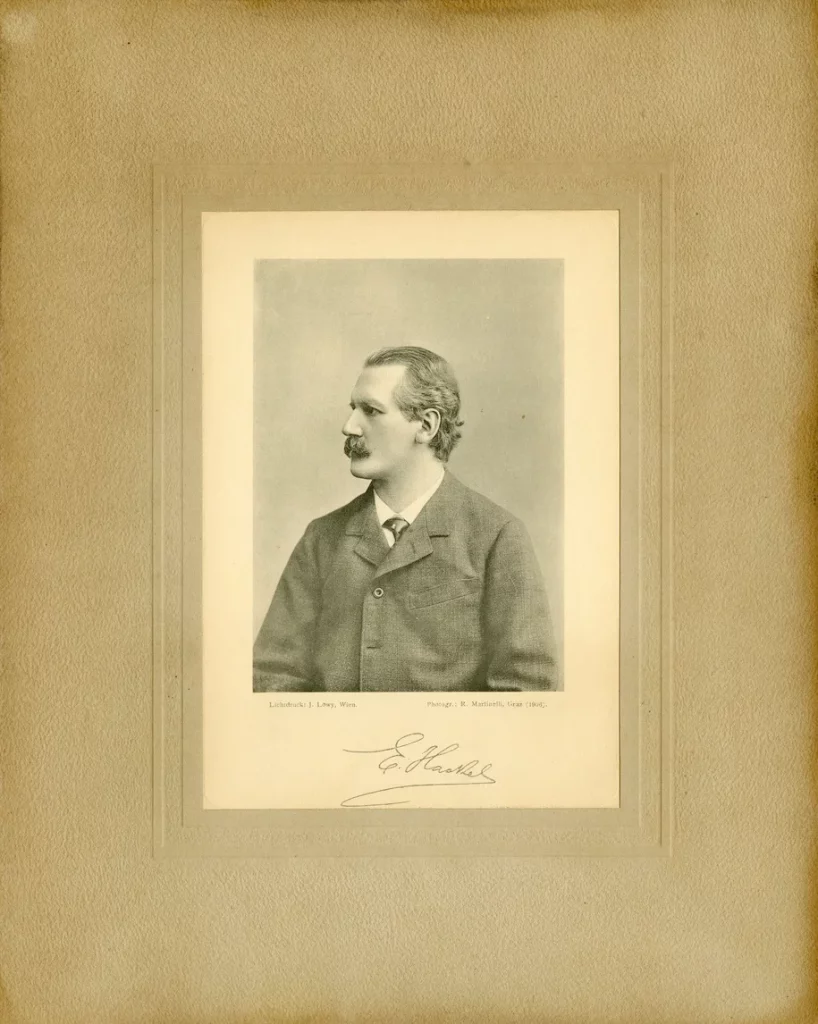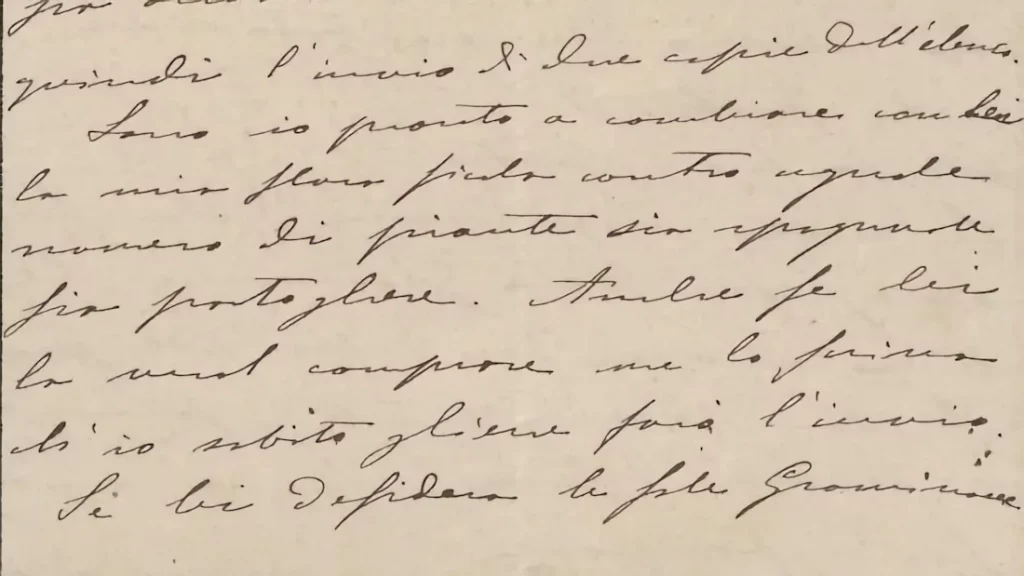More than a century after his lifetime, the legacy of Austrian botanist Eduard Hackel (1850–1926) continues to nurture scientific discovery. He was one of the world’s foremost experts on grasses (Poaceae) — the plants that sustain much of life on Earth. He has left behind a remarkable collection of over 700 letters exchanged with botanists across Europe.

Hackel’s descendants have donated these letters to the Natural History Museum Vienna (NHM Wien). Thanks to that, and the collaboration between the European TETTRIs project and the AI-powered Transkribus platform, these handwritten correspondences have been digitized, transcribed, and made accessible to researchers and the public.
Volunteers from around the world deciphered Eduard Hackel’s 19th-century handwriting, revealing new details about botanical specimens, restoring missing labels, and identifying previously unattributed plants. Beyond these scientific discoveries, the letters unveil a rich network of collaboration that connected botanists from Austria and Italy, fostering a cross-European exchange of ideas, specimens, and knowledge that shaped the study of botany.

Now, this story has been brought to life in the online exhibition Italian Botanists and Their Correspondence with Eduard Hackel, hosted on Europeana.eu and available in both English and Italian. The exhibition offers a fascinating glimpse into the scientific friendships, discoveries, and dedication that fueled botanical research more than a century ago — and continue to inspire new generations today.

